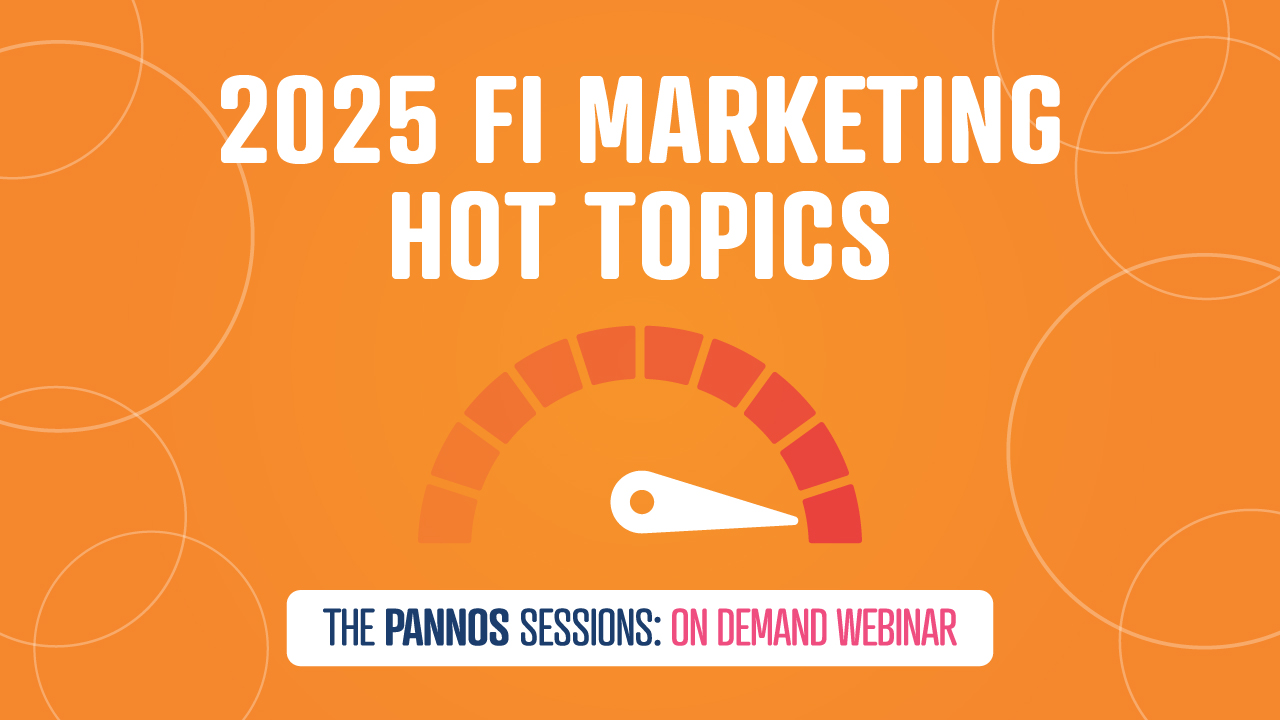
May 10, 2023
Let’s get right to it...
- More than half of Gen Zs and Millennials have less than $500 in their checking account at any given time.
- One in five Gen Zs don’t even have a checking account.
These are real numbers from a real survey, not hyperbole – so let’s break down what this means for financial institutions.
The reality of living with $500 or less in your account means that they are truly living moment to moment, paycheck to paycheck, and the focus is on the NOW. The cost of living nationwide has never been higher, the housing crisis has continued to drive rent up, and income has not increased at the pace of the world around them. These age groups want to plan for the future, but it’s a lot to consider, and it can feel impossible to start; especially considering these two generations pay 300% more in banking fees every month than older generations. Most Gen Zs and Millennials didn’t necessarily have home economics, money management, or financial literacy courses during any of their schoolings, though they are not naive. As the most educated generations, their goal is to become financially savvy but they’re going about it in new ways by leveraging apps and fintech companies. So how can community FIs compete?
Ultimately, a mindset shift must occur. To get the attention of Gen Z and Millennials, community FIs need to position themselves as a financial literacy partner (talk to them, not at them), and provide tangible benefits that they can understand. Sorry to say, but when your average checking account balance is less than $500, offering an interest rate is not going to be a draw, nor is a rewards program structured around consistent buying/spending patterns. No ATM fees should be the standard in the eyes of these generations. So how do you stand out? Try a unique approach, if that’s offering to "buy your coffee” each week when you sign up for direct deposit, or paying for a subscription service, like Netflix or Hulu (what’s $10-$15 per month for the cost of loyalty of a customer?)
Ultimately, meet them where they’re at. Don’t continue to try to feed them the same products and wonder why your customer base is aging. Gen Z and Gen Y are changing the landscape, whether you change with them is entirely up to you.






